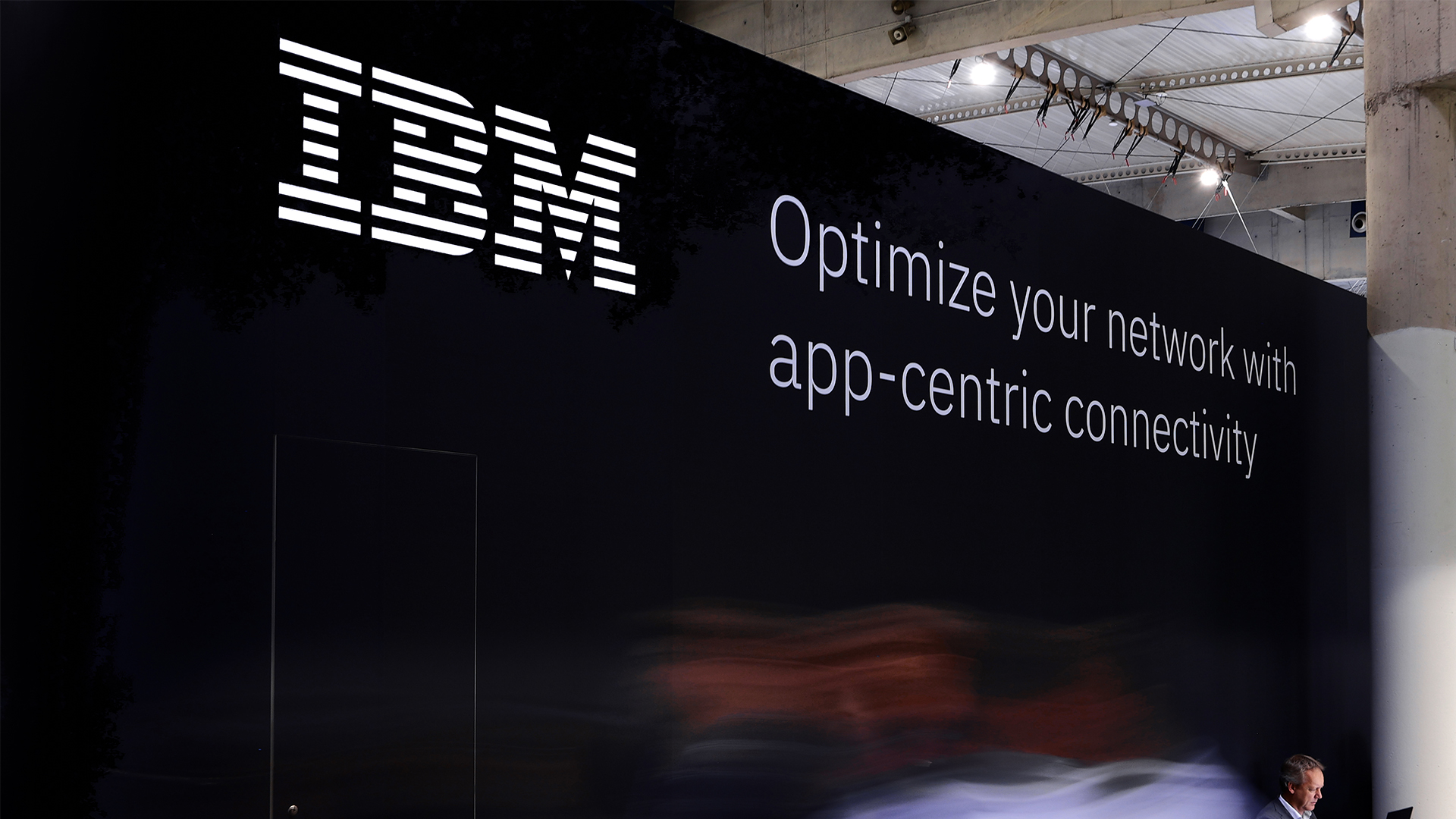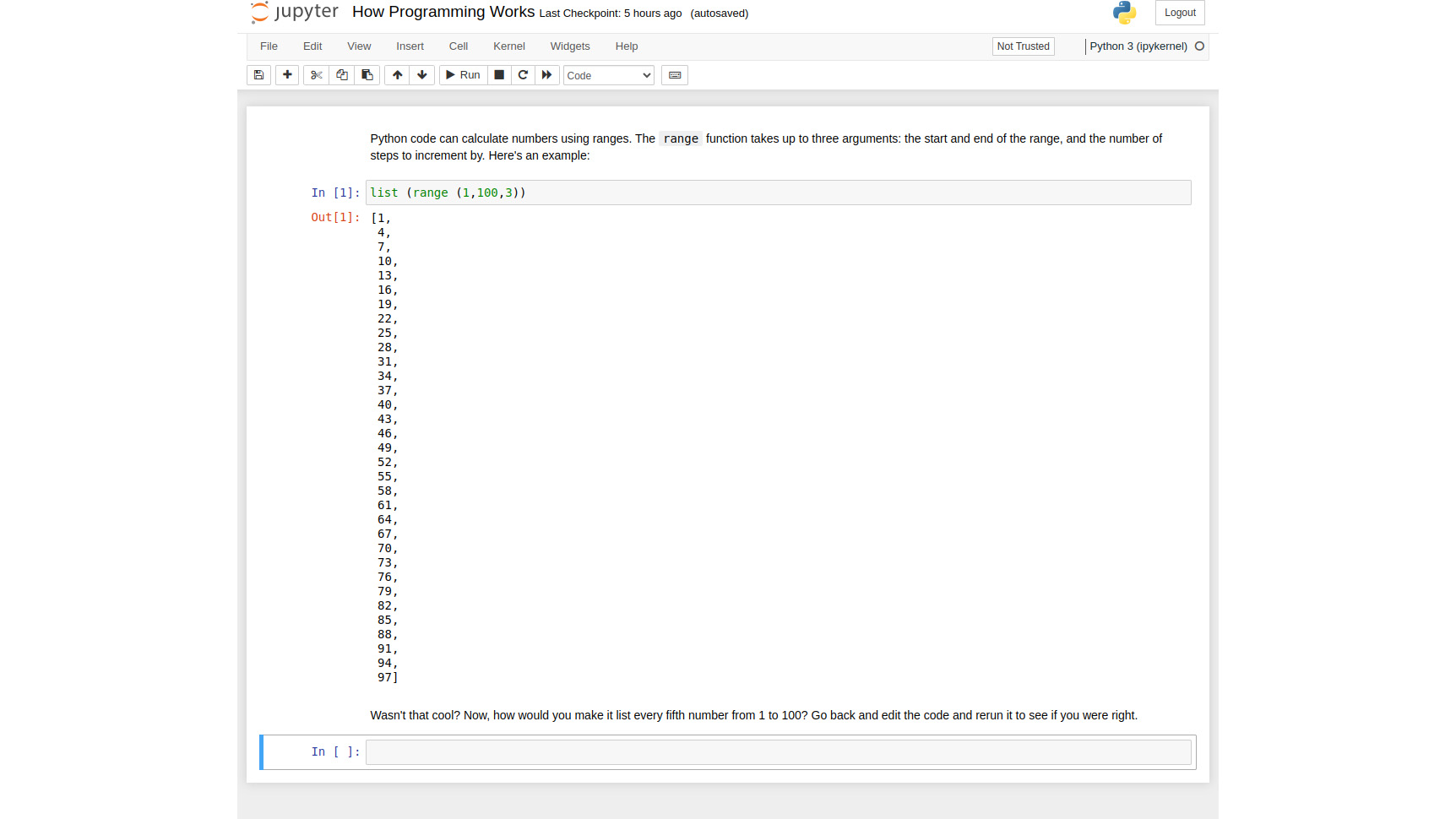IBM unveils new programming language for Synapse processors
Brain-like technology needs new software to run it.


IBM has updated its plans to create a computer system that mimics the human brain.
The Systems of Neuromorphic Adaptive Plastic Scalable Electronics (SyNAPSE) project, will try to carry out tasks that the brain finds easy but are difficult for computers.
The project involves IBM researchers working alongside Cornell University and Inilabs. The latest stage will involve devising a programming language with $53 million in funding from the Defense Advanced Research Projects Agency (DARPA).
We need augmentation, a symbiotic relationship with our machines - a partnership if you will - to help us cope and prosper as we go into the future.
IBM said that the new programming model " breaks the mold of sequential operation underlying today's von Neumann architectures and computers. It is instead tailored for a new class of distributed, highly interconnected, asynchronous, parallel, large-scale cognitive computing architectures."
Dr Dharmendra Modha, principal investigator and senior manager at IBM Research, said: "Architectures and programs are closely intertwined and a new architecture necessitates a new programming paradigm."
He added: "We are working to create a Fortran for synaptic computing chips. While complementing today's computers, this will bring forth a fundamentally new technological capability in terms of programming and applying emerging learning systems."
Work on the project will focus on refining the programming language for the SyNAPSE chip architecture first revealed by IBM in 2011. IBM has devised support technologies within the programming cycle to enable the new model.
Get the ITPro daily newsletter
Sign up today and you will receive a free copy of our Future Focus 2025 report - the leading guidance on AI, cybersecurity and other IT challenges as per 700+ senior executives
These include a simulator comprised of a network of neurosynaptic cores; a neuron model that forms a fundamental information-processing unit of brain-like computation and a programming model based on reusable building blocks called corelets,' each representing "blueprint of a network of neurosynaptic cores that specifies a based-level function".
There is also a program library, which stores more than 150 corelets. IBM has created a curriculum, dubbed a "laboratory" that will encompass information on applications, architecture, chip simulation, programming language and prototype design models.
The long-term goal of the project is to build a system with 10 billion neurons and one hundred trillion synapses, while consuming merely one kilowatt of power and occupying less than two litres of volume.
Analysts said that such projects have outclassed humans in all forms of games - such as IBM's project Watson - and are now moving up the scale of medicine to displace doctors in fundamental diagnosis, treatment choice and aftercare.
Such systems still lack instinct, intuition, emotion, compassion, cognition and the very qualities that we associate with biological entities but would be necessary for humanity to continue and develop, according to Peter Cochrane, ex-CTO of BT and currently a futurologist and analyst at Cochrane Associates.
"We are trying to deal with an increasingly complex and chaotic world with biological brains that are fundamentally unsuited to the task. We can only deal with three to five variable/topics/tasks at a time yet we live in a world where we are often faced with hundreds at the same time," he said.
"We therefore need augmentation, a symbiotic relationship with our machines - a partnership if you will - to help us cope and prosper as we go into the future."
He added that humanity would be unlikely to survive without such a relationship.
Rene Millman is a freelance writer and broadcaster who covers cybersecurity, AI, IoT, and the cloud. He also works as a contributing analyst at GigaOm and has previously worked as an analyst for Gartner covering the infrastructure market. He has made numerous television appearances to give his views and expertise on technology trends and companies that affect and shape our lives. You can follow Rene Millman on Twitter.
-
 Cleo attack victim list grows as Hertz confirms customer data stolen
Cleo attack victim list grows as Hertz confirms customer data stolenNews Hertz has confirmed it suffered a data breach as a result of the Cleo zero-day vulnerability in late 2024, with the car rental giant warning that customer data was stolen.
By Ross Kelly
-
 Lateral moves in tech: Why leaders should support employee mobility
Lateral moves in tech: Why leaders should support employee mobilityIn-depth Encouraging staff to switch roles can have long-term benefits for skills in the tech sector
By Keri Allan
-
 Oracle Java pricing concerns could spark a developer exodus
Oracle Java pricing concerns could spark a developer exodusNews Oracle Java users have raised concerns over pricing, with many considering switching to open source options.
By Solomon Klappholz
-
 Want a return on your AI investment? Open source could be the key to success
Want a return on your AI investment? Open source could be the key to successNews Organizations using open source AI tools are more likely to report a return on investment
By Nicole Kobie
-
 Python just brushed past JavaScript to become the most popular programming language on GitHub – and a key factor is that AI developers love it
Python just brushed past JavaScript to become the most popular programming language on GitHub – and a key factor is that AI developers love itNews The meteoric rise of Python shows no sign of stopping
By Nicole Kobie
-
 IBM just open sourced these generative AI coding models
IBM just open sourced these generative AI coding modelsNews IBM has open sourced models trained on code written in 116 programming languages - and it could make life a lot easier for enterprise developers
By Steve Ranger
-
 JupyterLab review: A powerful tool for documenting your data science journey
JupyterLab review: A powerful tool for documenting your data science journeyReviews Literate programming toolkit takes dynamic code documents to new heights
By Danny Bradbury
-
 Microsoft continues its Rust mission with new kernel features
Microsoft continues its Rust mission with new kernel featuresNews The latest critical feature comes as a "small trial" to select Windows Insiders
By Connor Jones
-
 Application performance management for microservice applications on Kubernetes
Application performance management for microservice applications on Kuberneteswhitepaper How to improve business-critical app performance in a Kubernetes environment
By ITPro
-
 Can Oracle really be Linux's knight in shining armor?
Can Oracle really be Linux's knight in shining armor?Opinion The self-proclaimed champion of open source freedom would like you to forget about its history
By Richard Speed